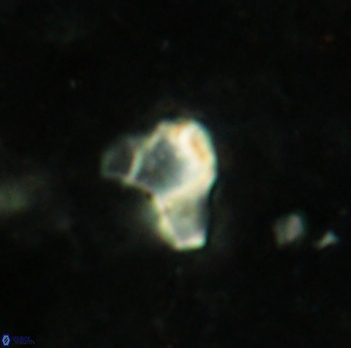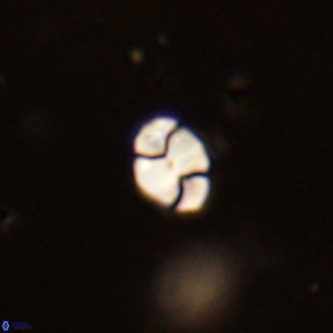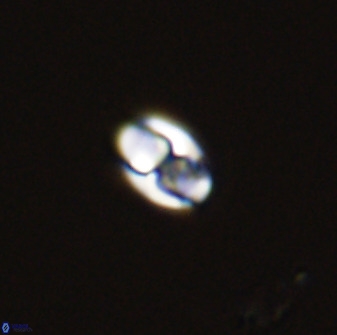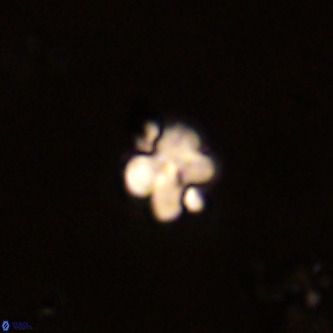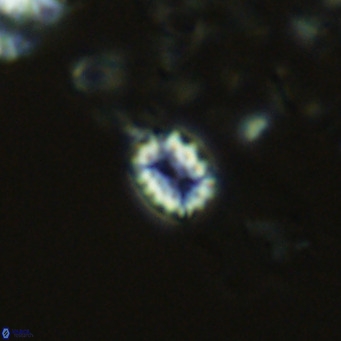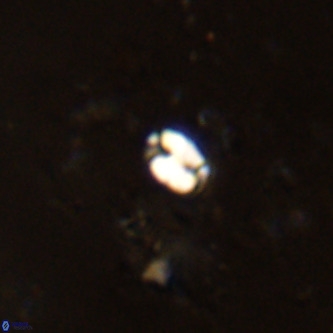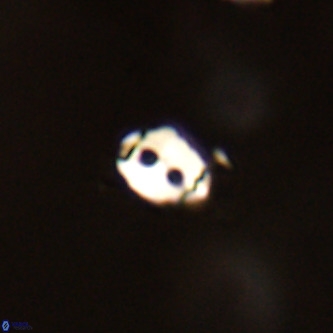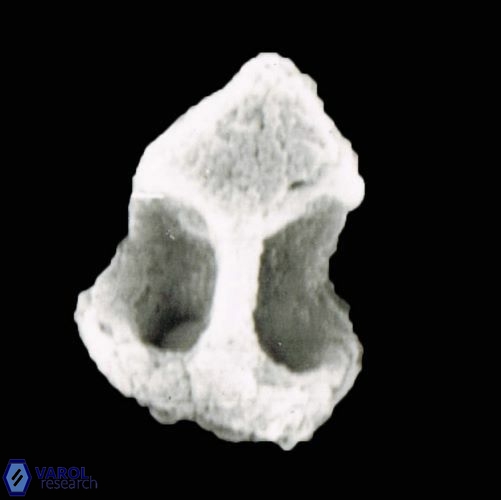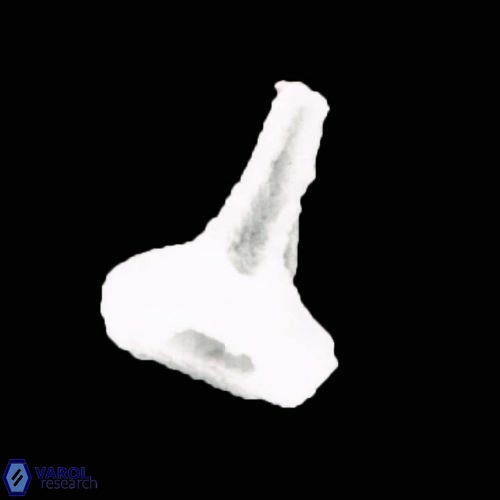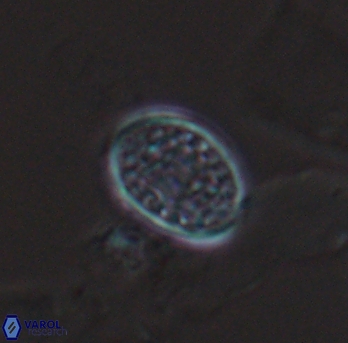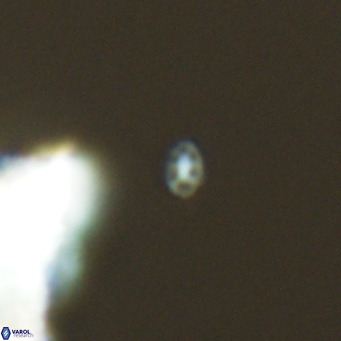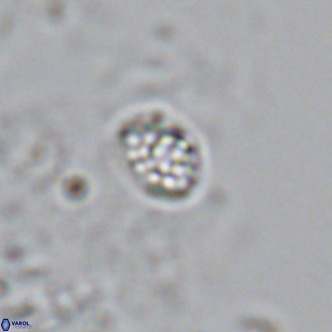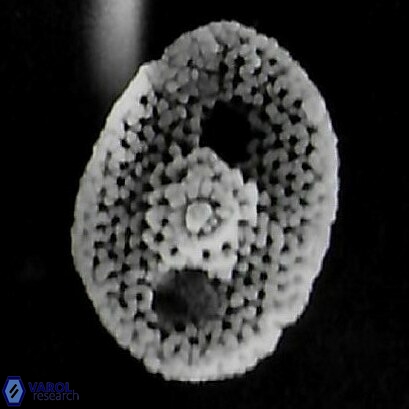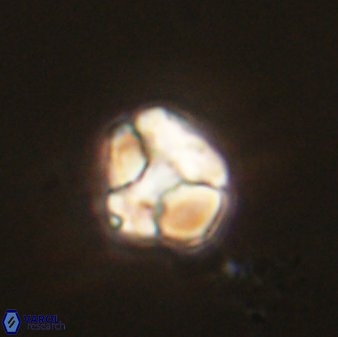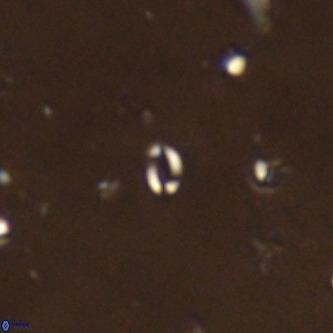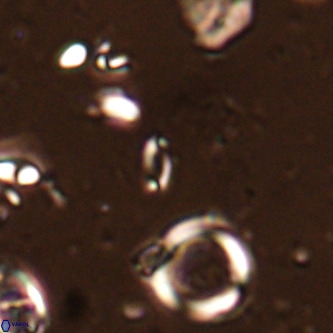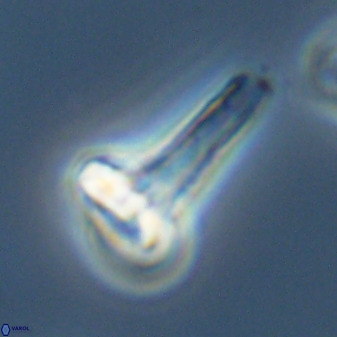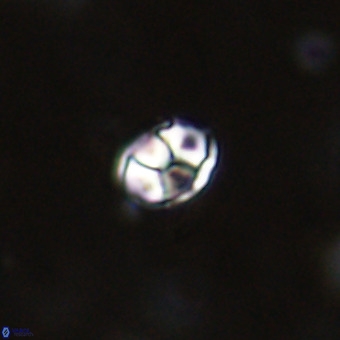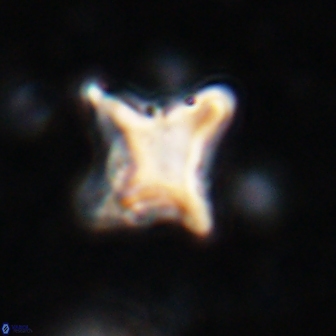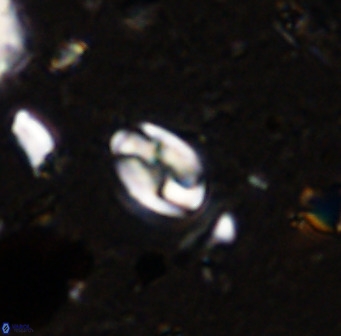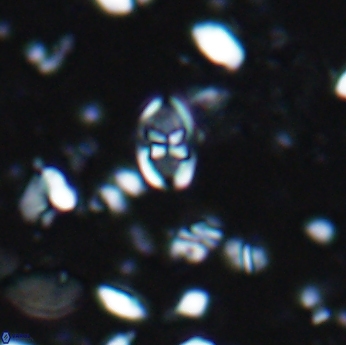Zygrhablithaceae
Zygosphaeraceae Black, 1971
Zygosphaeraceae Hay 1977
Traditionally all the holococcoliths are classified in this Family.
Holococcoliths that lack confirmed associations with heterococcoliths, or for which holococcolith formation has taxonomic priority, are classified within a single family, Zygrhablithaceae.
Initially, this family was defined to encompass only holococcoliths constructed from rhombohedral crystals. However, its scope has been revised to include holococcoliths formed by a hexagonal prism, reflecting their morphological diversity and shared structural characteristics.
Holococcoliths, lacking known associations with heterococcoliths, are often classified within a single family, Calyptrosphaeraceae (Kleijne, 1991; Jordan & Green, 1994; Young & Bown, 1997b), which is a junior synonym of Syracosphaeraceae, created during the diploid life-cycle phase. This synonymy is based on the demonstration that the type species of Calyptrosphaeraceae, Calyptrosphaera oblonga, is part of the life cycle of Syracosphaera pulchra (Cros et al., 2000; Cros & Fortuño, 2002). Zygosphaeraceae Black (1971b), Calyptrosphaeraceae Prins (1971) and Zygosphaeraceae Hay in Ramsay (1977) are considered to be synonyms of Calyptrosphaeraceae Boudreaux & Hay (1969).
Hay, W. W. 1977. Calcareous nannofossils. In: Ramsay, A. T. S. (Ed.) - Oceanic Micropalaentology. Academic Press, London 1055-1200.
Black, M. 1971c. The systematics of coccoliths in relation to the paleontological record. In: Funnell, B. M. & Riedel, W. R. (Eds), The Micropaleontology of the Oceans. Cambridge University Press, Cambridge. 611-624.
Boudreaux, J. E. & Hay, W. W. 1969. Calcareous nannoplankton and biostratigraphy of the late Pliocene-Pleistocene-Recent sediments in the Submarex cores. Revista Española de Micropaleontología 1(3): 249-292.
Kamptner, E. 1948. Coccolithen aus dem Torton des Inneralpinen Wiener Beckens. Anzeiger der Österreichische Akademie der Wissenschaften, Mathematische-Naturwissenschafliche Klasse, Wien. 157: 1-16.
